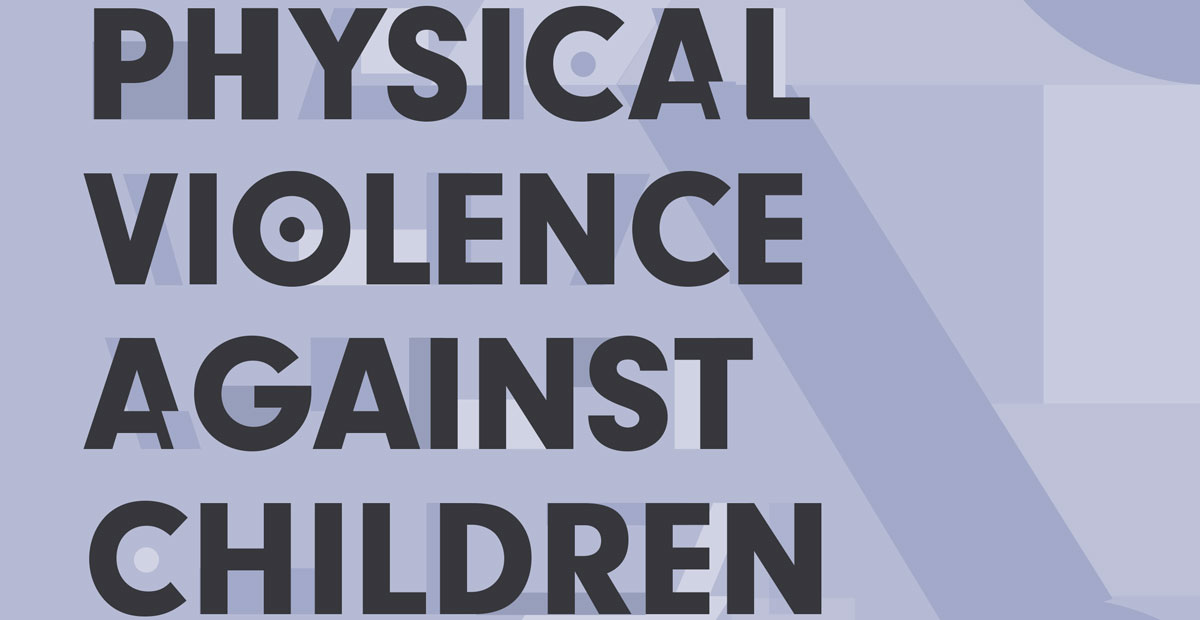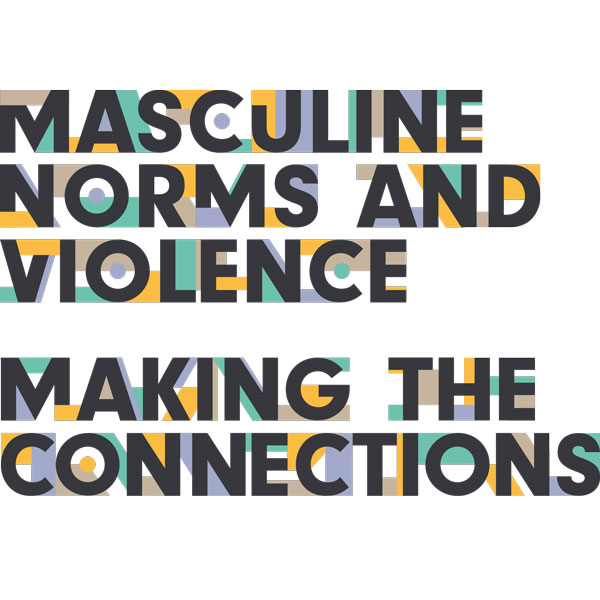
This blog is part of the Making the Connections series. Each blog focuses on one particular form of violence.
This year, Equimundo and Oak Foundation launched Masculine Norms and Violence: Making the Connections, a new report examining the links between harmful masculine norms and eight forms of violent behavior.
While there is nothing inherent about being male that drives violence, how we socialize boys into their identities as men and what we expect of them – that is, society’s masculine norms – are undeniably linked with violence. Indeed, boys and men are often raised, socialized, and encouraged to use violence in some form; on the whole, men and boys are disproportionately likely to both perpetrate most forms of violence and to die by homicide and suicide. However, the research affirms that this violence is preventable, gender equality is achievable, and nonviolent norms and ideas about manhood are prevalent and powerful.
This second blog in the Making the Connections series focuses on physical violence against children. It breaks down the facts on this issue, its linkages to other forms of violence, and recommendations for action.
Physical Violence Against Children
The Facts
Violence against children includes a wide range of behaviors, from corporal punishment (which many in a given society may consider a normal part of raising a child) to more extreme manifestations of physical violence to acts of emotional abuse and neglect. According to United Nations Children’s Fund (UNICEF) data from 30 countries, nearly half of all children aged 12 to 23 months are subjected to corporal punishment and/or verbal abuse at home.
Evidence shows that in some countries, boys – particularly younger boys – are more likely to experience physical punishment by caregivers in the home than girls are.
The Links
Violence is also a mechanism by which parents control the gender performance of sons and daughters, calling them out or punishing them for acting in unacceptable male or female ways. Violence within the childhood home is also a primary means by which children see, learn, and internalize the hierarchical power imbalances between and within genders.
As decades of research into the intergenerational transmission of violence have demonstrated, children who witness or experience violence in the home are significantly more likely to perpetrate or experience domestic violence as adults, as compared to those whose childhood homes are violence-free. Violence against children, then, doubly entrenches the gender order, traumatizing children directly at the same time as it increases their likelihood of following similar behavioral patterns with their own children, of men’s use of violence against female partners, and of women’s acceptance of gender-based violence as “normal.”
The Intersections
In interaction with the individual characteristics and life experiences of caregivers and children, there are three compelling factors underpinning violence against children:
- Poverty and structural inequalitiesshape care settings and frequently affect whether or not parents, families, and other caregivers have the means to adequately care for their children in nonviolent and non-stressed ways.
- Cultural and social normsare related to child-rearing practices and the acceptability of corporal punishment and other forms of violence against children (and against women, and between men and boys). The degree to which violence against women and children is normalized in society defies any narrative that perpetrators are outlying monsters – particularly “bad men” – or that the problem is not one of culture and society.
- Gender norms and dynamicsunderpin violence against children, specifically views that boys need be raised to be physically tough and emotionally stoic, while girls are seen as fragile, inferior, and/or raised to be subordinate to boys and men.
From Theory to Practice
Initiatives aiming to prevent violence against children should focus on the following transformations of harmful masculine norms:
- Ask participants to reflect on and recognize gendered divisions in patterns of care work, financial provision, and discipline.
- Encourage fathers to embrace a full range of nurturing, caring behaviors in their relationships with their children.
- Allow safe spaces for parents to practice positive-parenting approaches and non-physical discipline.
- Ask participants to name, recognize, and discuss power inequalities in their relationships with their children.
- Ask participants to reflect on ways in which they raise or discipline their male children differently from their female children.
- Ask participants to reflect on the limiting effects of gendered socialization for the development of children’s identity, potential, skills, aspirations, relationships, and opportunities in life.
Read the rest of the Making the Connections blog series to learn more about intimate partner violence; child sexual abuse and exploitation; bullying; homicide and violent crime; non-partner sexual violence; suicide; and conflict and war.
